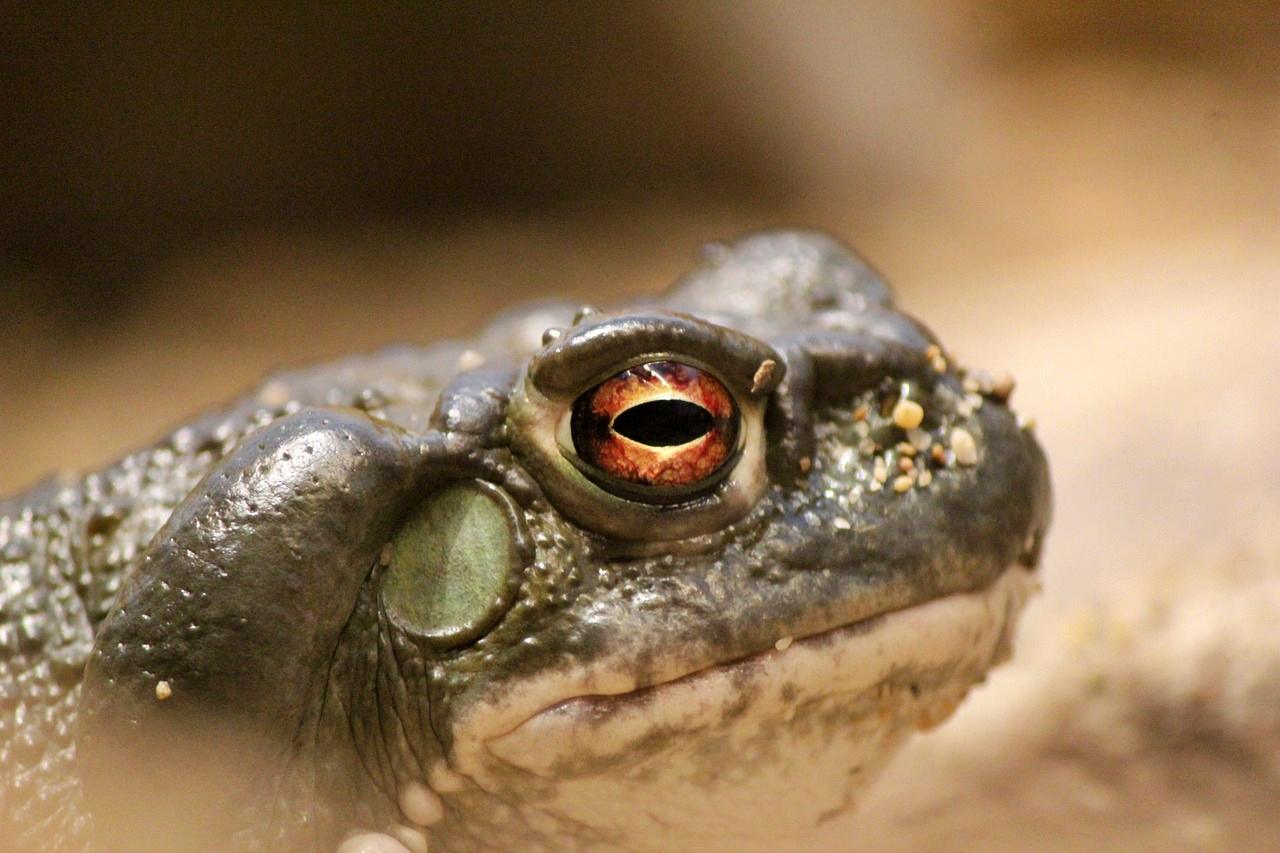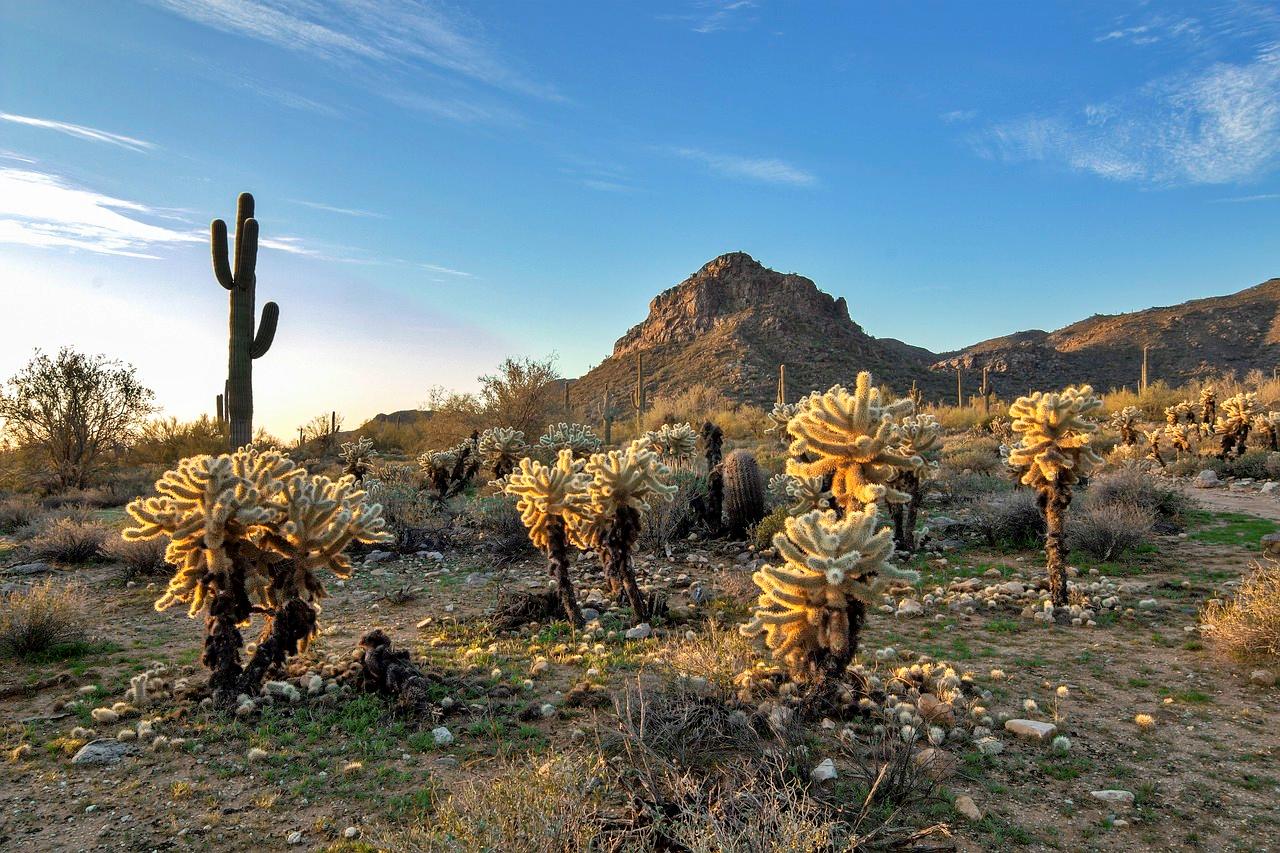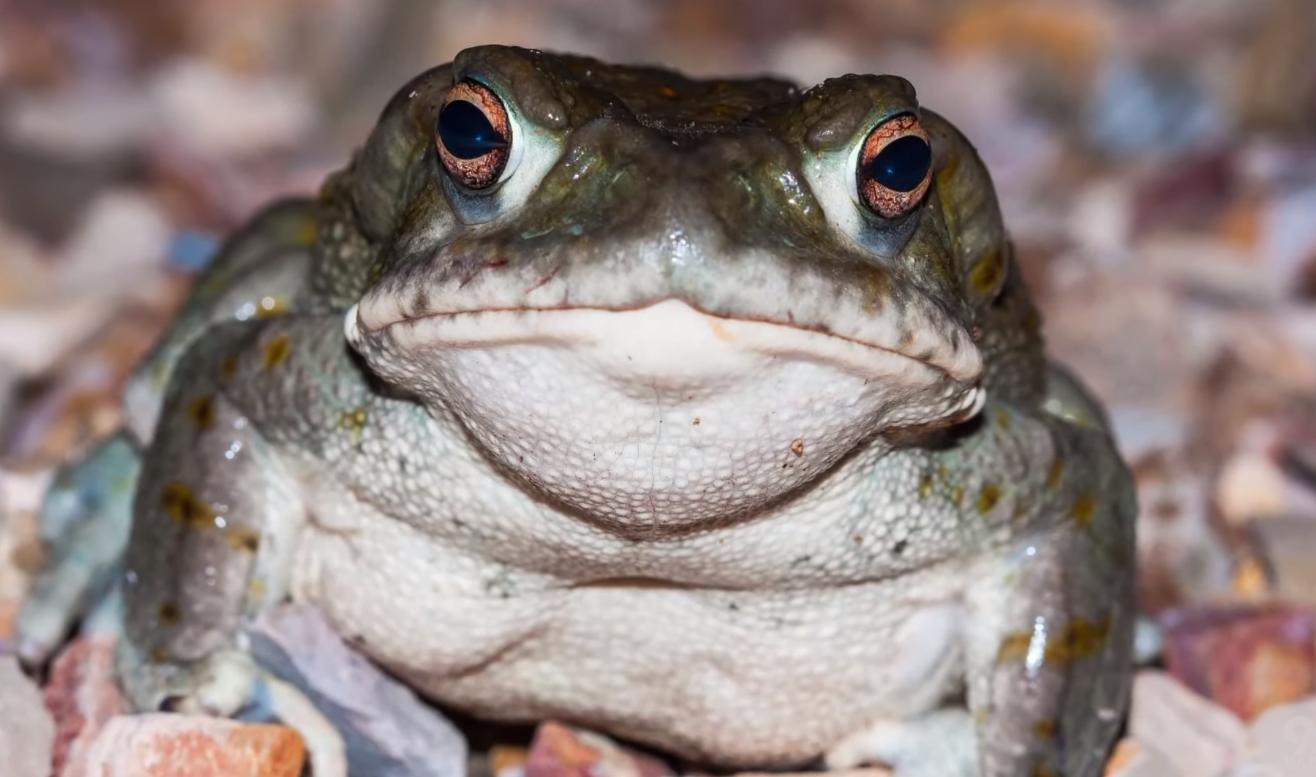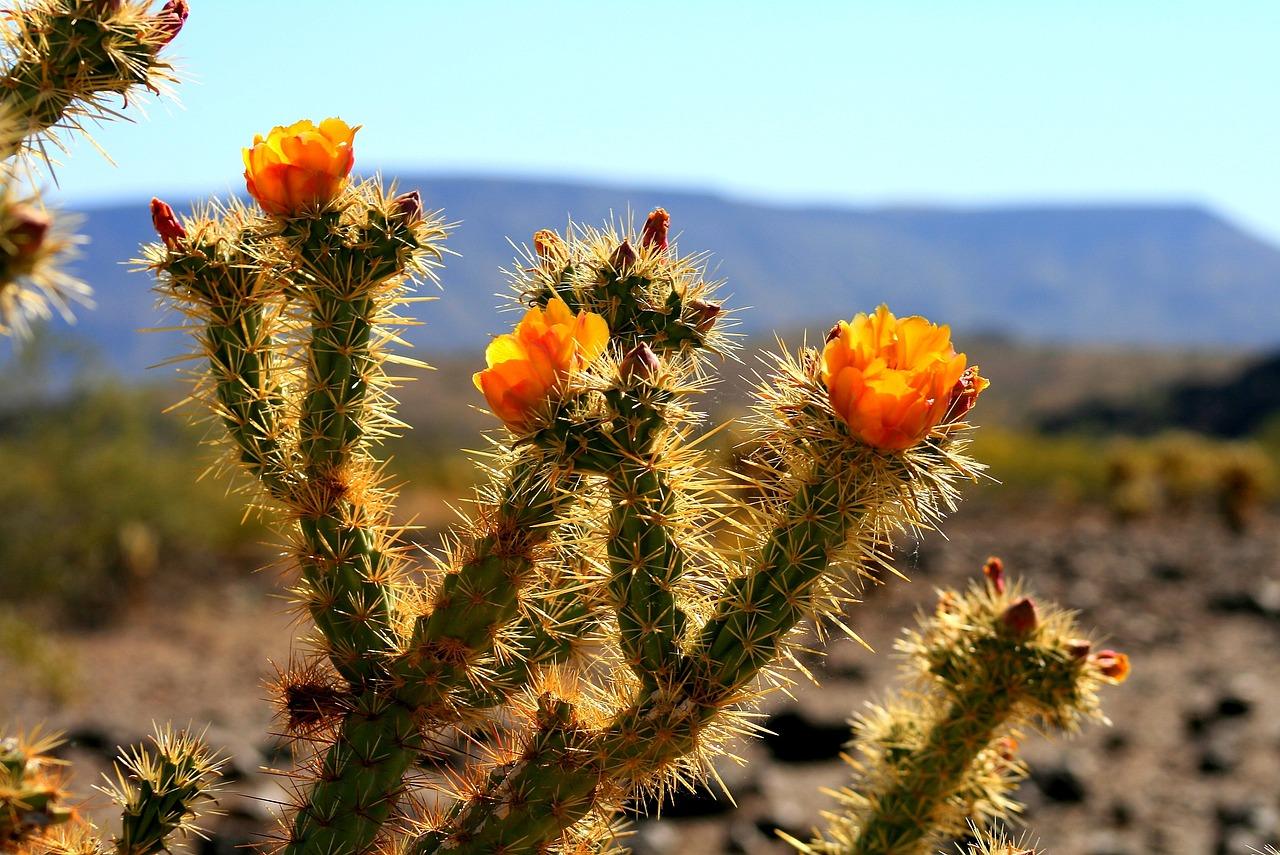Visiting Parks In Arizona, Colorado Or New Mexico? Don’t Lick The Toads

In some fairy tales, a young woman kisses a frog and it turns into a handsome prince. However, the Sonoran Desert toad can give you a natural high, but this isn’t healthy. So much so, the National Park Service (NPS) is warning visitors against licking the Sonoran Desert toad.
National Park Service warns visitors not to lick the toads
Recently, the US National Park Service made an unusual request, by asking people to stop licking the Sonoran Desert toad. These amphibians are found in Southwest America, particularly in the Saguaro National Park. Meanwhile, they are known to give people a hallucinogenic trip upon licking them.

They are sometimes known as Colorado River toads, but can also be seen in Arizona, Colorado and New Mexico and occasionally in California. When they are threatened, they release a psychedelic substance called bufotenin on their head. Due to this, some recreational drug seekers are saving money on their usual substances and licking a toad instead.
According to the NPS, consuming bufotenin can result in a short, intense psychedelic trip for around 30 minutes. However, they say doing so is a bad idea. According to a representative:
Humans and dogs can become violently ill from contact with the Sonoran Desert toad from the toxins secreted.
Moreover, they added on social media, “It can make you sick if you handle the frog or get the poison in your mouth.”
About bufotenin
Bufotenin is a milky-white liquid that has apparently been licked, snorted, scraped and smoked by people for centuries. Meanwhile, the substance isn’t only found in toads, as it can sometimes be found in trees, plants and shamanic snuffs. Besides giving a psychedelic high, the substance can induce panic, severe anxiety and paranoia. The NPS added:
As we say with most things you come across in a national park, whether it be a banana slug, an unfamiliar mushroom or a large toad with glowing eyes in the dead of night, please refrain from licking.
About the Sonoran Desert toad

The amphibians can reach up to seven inches in length, making the dark-olive-colored Sonoran Desert toads some of the largest in North America. Moreover, looking at that face in the image above, it seems hard to imagine licking it. The toads are nocturnal for most of the year and spend much of their time underground. However, they are active in summer when they feed on lizards, insects and smaller amphibians.
They are the natural prey of raccoons, and now, increasingly humans. However, it isn’t clear just how many people are licking them or harvesting their secretions. In fact, the NPS hasn’t shared any official statistics. Moreover, they are potentially risking their short-term sanity just for a high.
However, according to the New York Times, “demand for the toad’s secretion has boomed in recent years.” Reportedly, this is as the growing and increasingly legalized “guided shroom” industry has started appealing to people to use drug-induced hallucinations as emotional or psychological therapy.
Is toad licking a myth?

Meanwhile, some advocacy groups have dubbed toad licking a popular myth. However, others, including celebrities like Chelsea Handler, Hunter Biden and Mike Tyson, had publicly lauded bufotenin’s therapeutic use.
However, it likely doesn’t help when the NPS jokingly refers to the Sonoran Desert toads as “toad-ally terrifying,” or “hypnotoads” on social media. Meanwhile, an NPS representative did acknowledge the humor, saying:
By infusing a bit of humor, paired with an amazing photo of the Sonoran Desert Toad, we recently highlighted this unique creature.
As with many of our social media posts, we try to include a friendly reminder to keep wildlife wild and refrain from getting too close, whether a bison, bear or desert toad.
Of course, the fact that the NPS has added the toad to the headlines could cause even more danger to the amphibians. However, people should know that bufotenin is an illegal substance in the US and has no approved medical use.
The Sonoran Desert toad is endangered
What people should always bear in mind is that the Sonoran Desert toad is classified an endangered species in California. Moreover, in New Mexico, the amphibian is listed as “threatened.” The NPS fears that if people continue hunting and licking the amphibians this could harm the population, driving them towards extinction.
The NPS concluded that people should not lick the Sonoran Desert toad. They state that, as with all wildlife in national parks, they should be appreciated from a distance and “not disturbed, captured, collected, harassed, touched or licked.”
With marijuana increasingly becoming legal, that option is likely best for anyone who feels the need for a little high.
